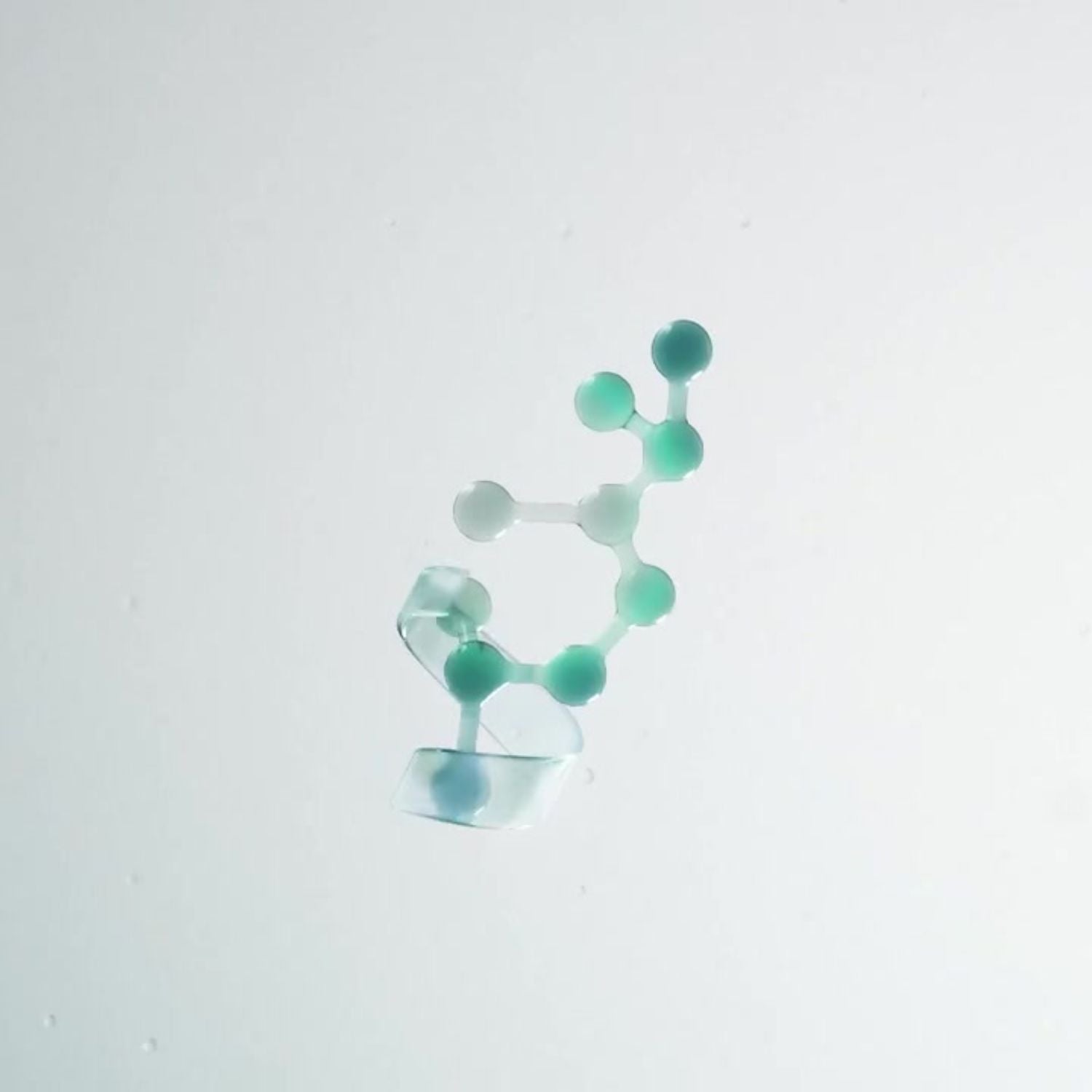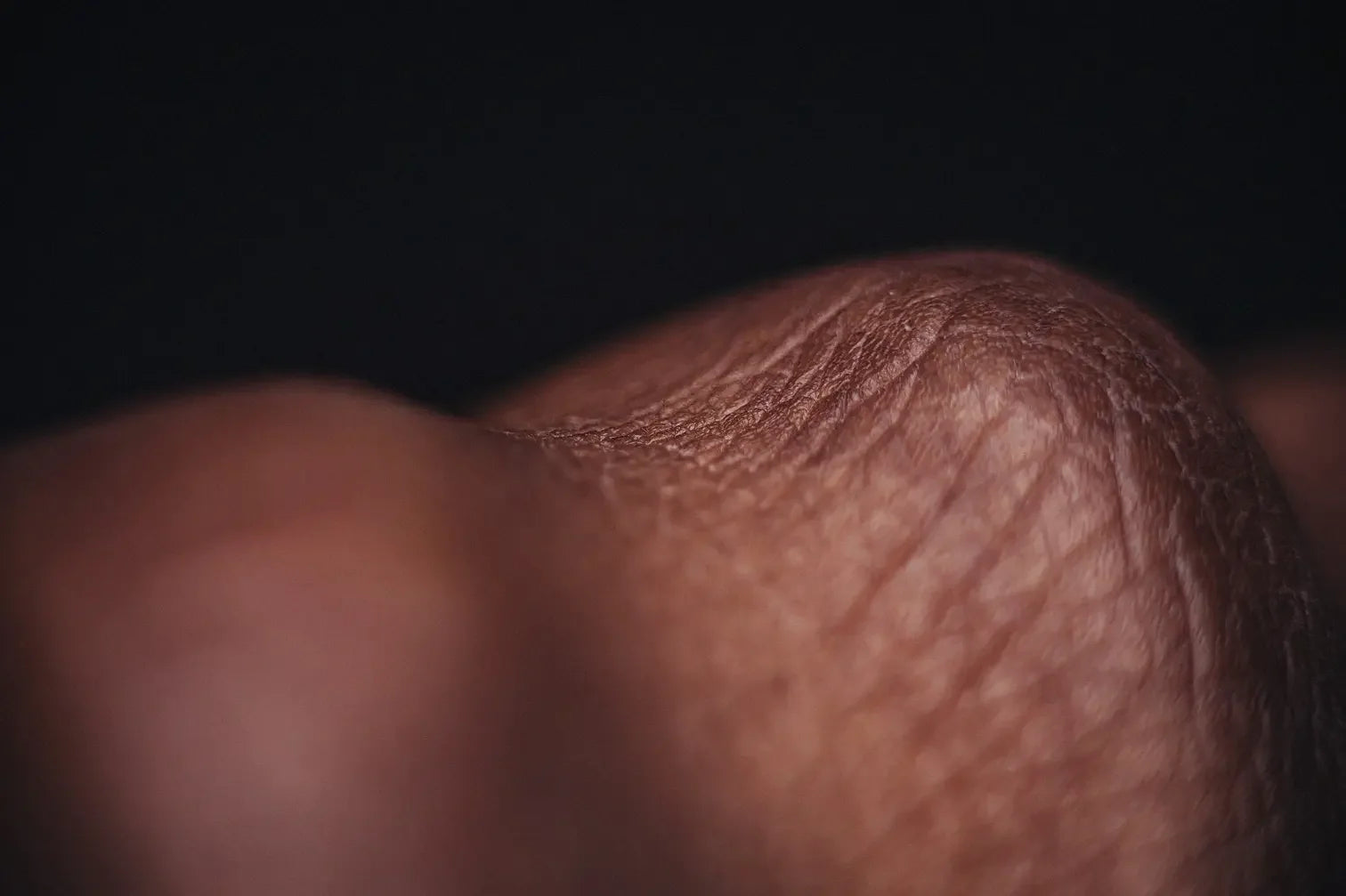What is Dry Skin?
What is Dry Skin?
What causes dry skin?
- Skin exposure to alcohol-based products
- Dry, windy, or cold climates
- Ultraviolet (UV) radiation
- Showering, bathing, or cleansing in hot water
- Excessive cleansing or washing
- Rough or too frequent exfoliation treatments
What causes dry skin?
- Skin exposure to alcohol-based products
- Dry, windy, or cold climates
- Ultraviolet (UV) radiation
- Showering, bathing, or cleansing in hot water
- Excessive cleansing or washing
- Rough or too frequent exfoliation treatments
Characteristics of Dry Skin
- Rough, scaly, or flaky skin
- Itching or irritation
- Redness or inflammation
- Fine lines or cracks in the skin
- Skin that feels tight or uncomfortable
Characteristics of Dry Skin
- Rough, scaly, or flaky skin
- Itching or irritation
- Redness or inflammation
- Fine lines or cracks in the skin
- Skin that feels tight or uncomfortable
How to Identify Dry Skin
How to Identify Dry Skin
What Are the Do’s and Don'ts of Dry Skin?
- Moisturize regularly: The most critical step in caring for dry skin is to moisturize regularly. Apply a high-quality moisturizer and peptide body lotion at least twice a day.
- Use a gentle cleanser: It is important to follow essential face cleansing steps, however, be sure to avoid harsh soaps and cleansers that can strip the skin of its natural oil. Instead, use a gentle, hydrating gel cleanser free of parabens and other potential irritants, like sulfates and fragrances.
- Exfoliate gently: Exfoliation removes flakes, sloughs away dead skin cells, and promotes cell turnover. That said, it’s crucial to exfoliate gently. Over-exfoliating can further dry out the skin.
- Use a humidifier: Because dry air exacerbates dry skin, consider adding some moisture back into the air with a humidifier. A humidifier is especially helpful during winter or in areas with low humidity (like office areas or air-conditioned spaces).
- Drink plenty of water: Staying hydrated is not just crucial for skin health, but it’s also beneficial for your overall health! So drink plenty of water throughout the day to keep your skin and body well-hydrated from the inside out.
- Use hot water: Hot water strips the skin of its natural oils, so avoid using hot water when showering or washing your face. Instead, use lukewarm water. Pat the skin dry gently with a soft towel to dry.
- Over-exfoliate: Over-exfoliating worsens dry skin. Avoid using harsh scrubs or exfoliants, and avoid exfoliating too often. For most people this is more than once or twice a week.
- Use irritating skin care products: Fragrances, dyes, sulfates, and harsh alcohols can further dry out the skin and cause irritation. Avoid using skin care products that contain these ingredients and opt for fragrance-free, gentle formulas instead.
- Spend too much time in the sun: Sun exposure can further dry out the skin, so be sure to wear sunscreen and limit your time in the sun (you should even be wearing sunscreen in winter), especially during the peak hours of 10 a.m. to 4 p.m.
What Are the Do’s and Don'ts of Dry Skin?
- Moisturize regularly: The most critical step in caring for dry skin is to moisturize regularly. Apply a high-quality moisturizer and peptide body lotion at least twice a day.
- Use a gentle cleanser: It is important to follow essential face cleansing steps, however, be sure to avoid harsh soaps and cleansers that can strip the skin of its natural oil. Instead, use a gentle, hydrating gel cleanser free of parabens and other potential irritants, like sulfates and fragrances.
- Exfoliate gently: Exfoliation removes flakes, sloughs away dead skin cells, and promotes cell turnover. That said, it’s crucial to exfoliate gently. Over-exfoliating can further dry out the skin.
- Use a humidifier: Because dry air exacerbates dry skin, consider adding some moisture back into the air with a humidifier. A humidifier is especially helpful during winter or in areas with low humidity (like office areas or air-conditioned spaces).
- Drink plenty of water: Staying hydrated is not just crucial for skin health, but it’s also beneficial for your overall health! So drink plenty of water throughout the day to keep your skin and body well-hydrated from the inside out.
- Use hot water: Hot water strips the skin of its natural oils, so avoid using hot water when showering or washing your face. Instead, use lukewarm water. Pat the skin dry gently with a soft towel to dry.
- Over-exfoliate: Over-exfoliating worsens dry skin. Avoid using harsh scrubs or exfoliants, and avoid exfoliating too often. For most people this is more than once or twice a week.
- Use irritating skin care products: Fragrances, dyes, sulfates, and harsh alcohols can further dry out the skin and cause irritation. Avoid using skin care products that contain these ingredients and opt for fragrance-free, gentle formulas instead.
- Spend too much time in the sun: Sun exposure can further dry out the skin, so be sure to wear sunscreen and limit your time in the sun (you should even be wearing sunscreen in winter), especially during the peak hours of 10 a.m. to 4 p.m.
How to Take Care of Dry Skin with OS-01
- PREP
- OS-01 EYE
- OS-01 FACE
- OS-01 BODY
How to Take Care of Dry Skin with OS-01
- PREP
- OS-01 EYE
- OS-01 FACE
- OS-01 BODY
- A lack of moisture (water content in the skin) characterizes dry skin, also known as xerosis.
- Dry skin can be caused by decreased water content in skin, degraded lipid barrier, or a combination of both.
- Genetics, harsh skin care products, low-humidity environments, over-exfoliation, and dehydration can all lead to dry skin.
- Without the proper care, dry skin can worsen the appearance of wrinkles and compromise skin health by weakening the skin barrier.
- Dry and dehydrated skin can be managed through a consistent skincare routine using moisturizing and hydrating products that are gentle on the skin, along with drinking plenty of water.
- All OneSkin products are free of fragrances, sulfates, and parabens – ingredients that can dry out your skin. Though gentle, OneSkin’s products are potent hydrators and moisturizers.
- A lack of moisture (water content in the skin) characterizes dry skin, also known as xerosis.
- Dry skin can be caused by decreased water content in skin, degraded lipid barrier, or a combination of both.
- Genetics, harsh skin care products, low-humidity environments, over-exfoliation, and dehydration can all lead to dry skin.
- Without the proper care, dry skin can worsen the appearance of wrinkles and compromise skin health by weakening the skin barrier.
- Dry and dehydrated skin can be managed through a consistent skincare routine using moisturizing and hydrating products that are gentle on the skin, along with drinking plenty of water.
- All OneSkin products are free of fragrances, sulfates, and parabens – ingredients that can dry out your skin. Though gentle, OneSkin’s products are potent hydrators and moisturizers.
- https://www.ncbi.nlm.nih.gov/books/NBK565884/
- https://www.jidonline.org/article/S0022-202X(21)00227-X/fulltext
- https://www.ncbi.nlm.nih.gov/pmc/articles/PMC6805713/
- https://pubmed.ncbi.nlm.nih.gov/26449379/
- https://www.nature.com/articles/s41514-023-00109-1
- https://onlinelibrary.wiley.com/doi/epdf/10.1111/jocd.16242
- https://www.ncbi.nlm.nih.gov/books/NBK565884/
- https://www.jidonline.org/article/S0022-202X(21)00227-X/fulltext
- https://www.ncbi.nlm.nih.gov/pmc/articles/PMC6805713/
- https://pubmed.ncbi.nlm.nih.gov/26449379/
- https://www.nature.com/articles/s41514-023-00109-1
- https://onlinelibrary.wiley.com/doi/epdf/10.1111/jocd.16242



